A water-soluble systemic fungicide for the control of diseases in crops as indicated.
Commence treatment just after the rainy season has started and repeat at 6 to 8 week intervals during the rainy season.
Trunk paint treatment
Mix in a 50 : 50 ratio with water. Paint the whole trunk from ground level upwards for 35 cm.
Foliar application
500 mℓ / 100 ℓ water. Apply as a light cover spray at 1800 to 2000 ℓ spray solution per hectare on medium to large
trees.
N/A
From 10-15 cm shoot length up to pea berry stage:
- 300-500 mℓ plus 120-200 g Mancozeb (800 g/kg) per 100 ℓ water.
From pea berry stage to harvest:
- 300 mℓ/100 ℓ water
N/A
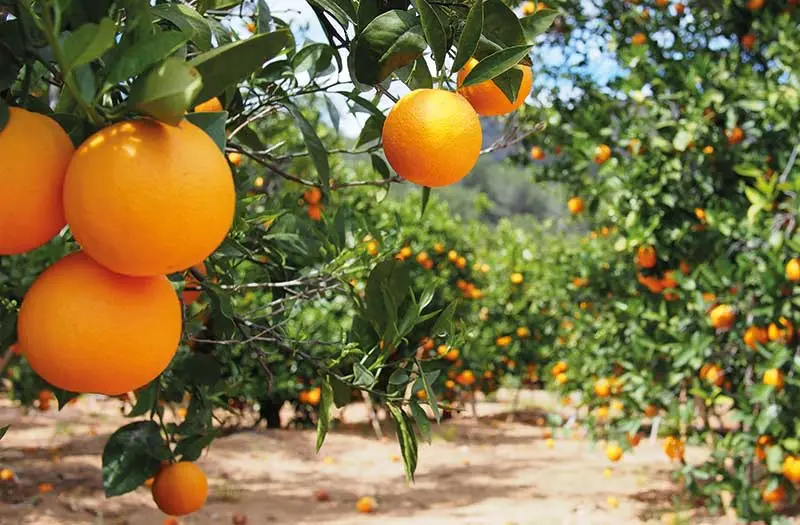
PHOSPHITE 400 SL. Reg. No. L 7468 Act No. 36 of 1947. Active ingredient: potassium phosphite 560 g/l (Phosphorous acid equivalent) 400 g/l. Danger. Hazard Statements: Causes severe skin burns and eye damage. May cause respiratory irritation. Precautionary Statements: Do not breathe mist, vapours and spray. Wear impervious rubber gloves and boots, protective clothing and chemical safety goggles.
Registration holder:VILLA CROP PROTECTION (PTY) LTD.
Co. Reg. No. 1992/002474/07
PO Box 10413, Aston Manor, 1630
Tel. (011) 396 2233

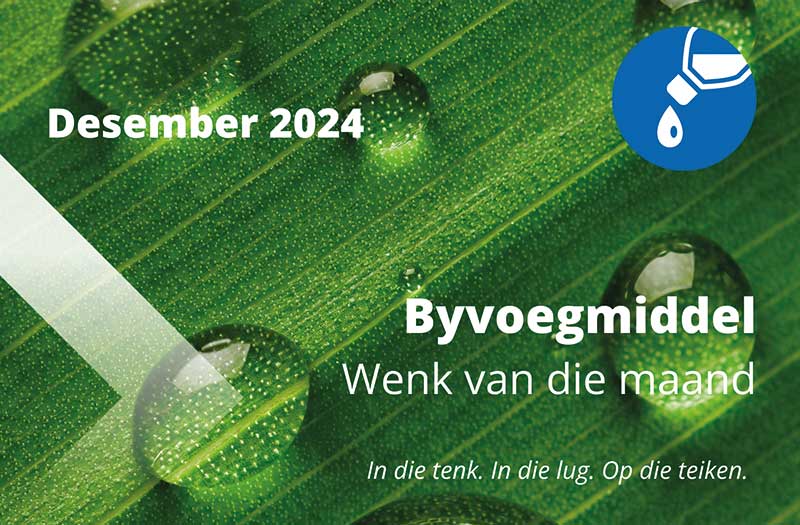
Ons beklemtoon dikwels die belangrikheid daarvan om genoeg spuitdruppels tot by alle dele van die plant te kry. Ons moet egter ook verseker dat meer

Pink and blue campaigns show you’re never alone Cancer awareness campaigns have been around for many years – October’s pink ribbons for breast cancer awareness
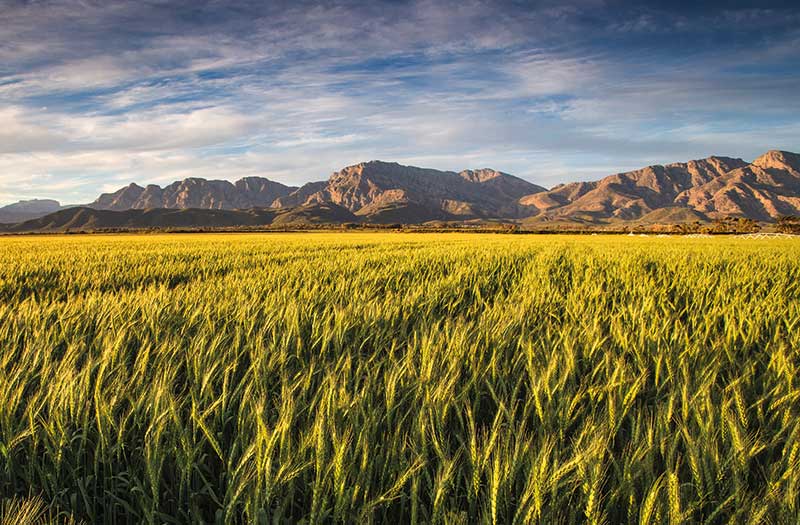
Magunya Kalimashe,Portfolio Lead: Herbicides Weed control remains an essential practice in small grain production. The benefits of effective weed control practices have been documented extensively
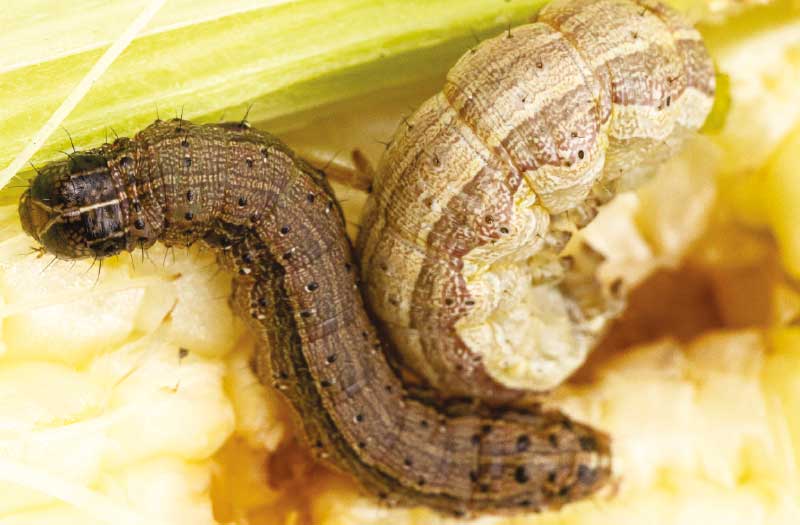
De Wet du Toit,Portefeuljeleier: Insekdoders Mielies is een van die belangrikste gewasse wat jaarliks in Suid-Afrika produseer word. Dit dra nie net tot die ekonomie
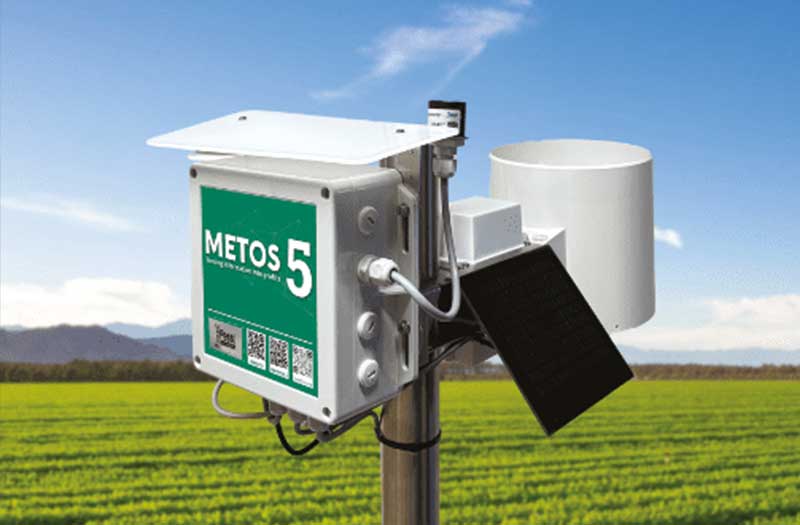
Weather-related events play a major role in the success of farm activities, and weed management is no exception. Weeds remain a huge problem in crop
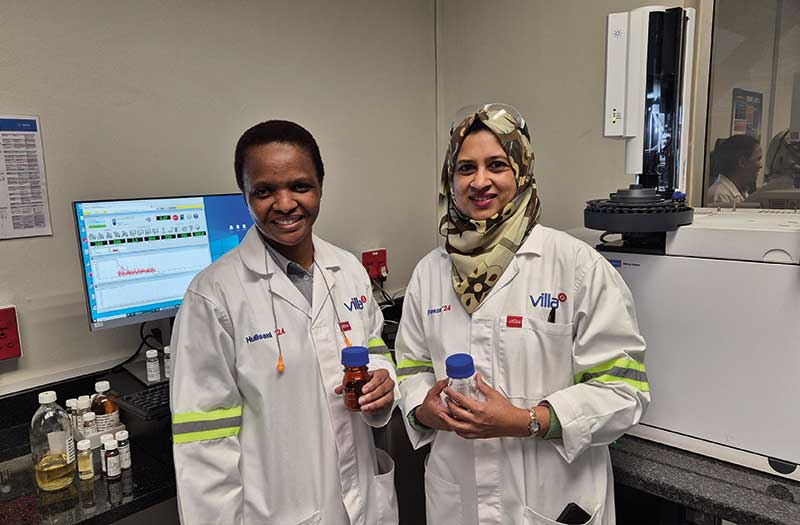
Quality control is non-negotiable in the manufacture of crop protection products, and at Fountain Chemicals, this does not stop at simply complying with production standards.

Villa is excited to announce the appointment of Sarah le Grange in the new role of industry liaison and food value chain manager. In this
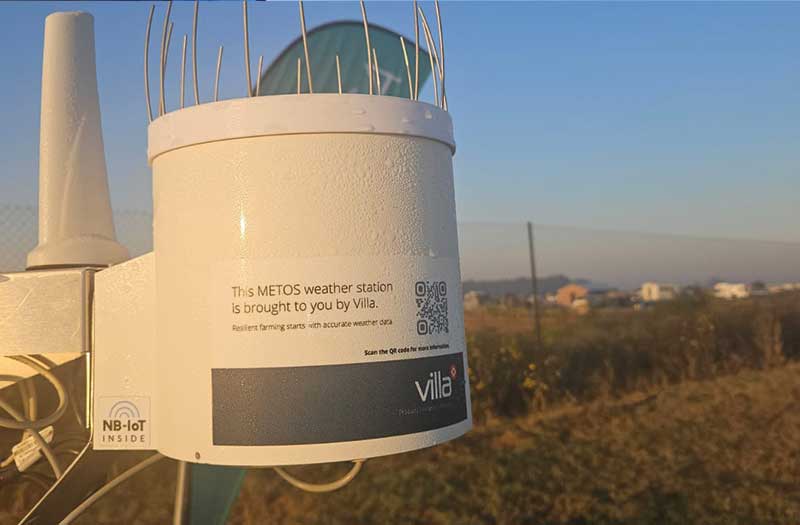
In modern agriculture, innovation is not just a buzzword-it’s a necessity. At Villa, we recognise our pivotal role in equipping South African growers with the

Our understanding of scientific inventions does not stop the moment we start using them. We keep learning more about their good and bad characteristics the
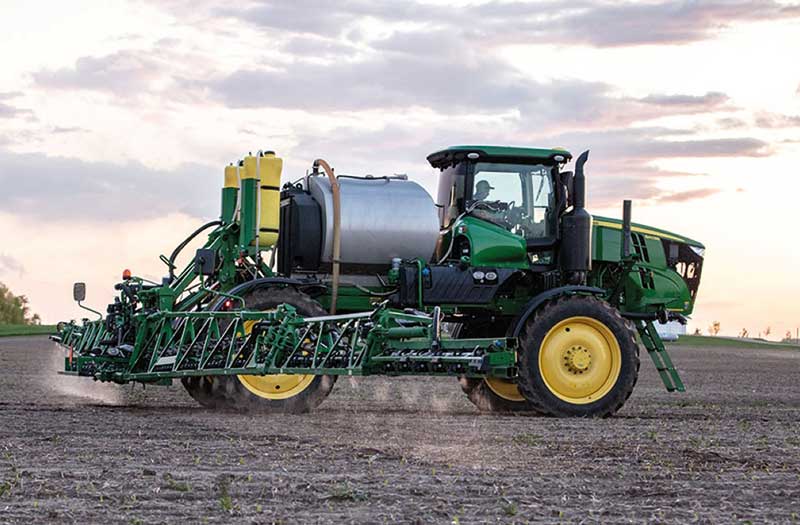
Background Ammonium sulphate has been used with cation-sensitive herbicides like glyphosate for about forty years. It is probably one of the most successful and long-lived